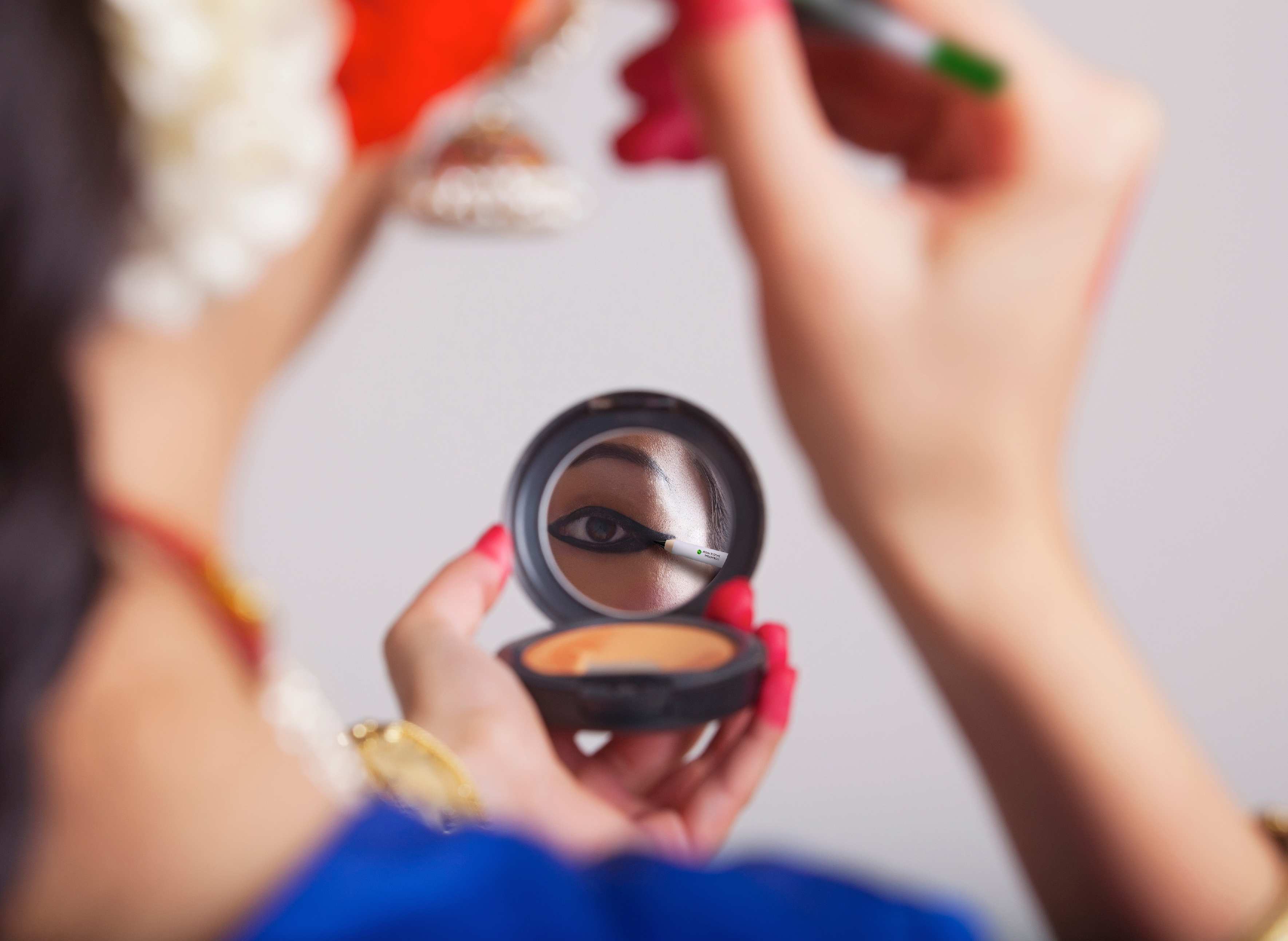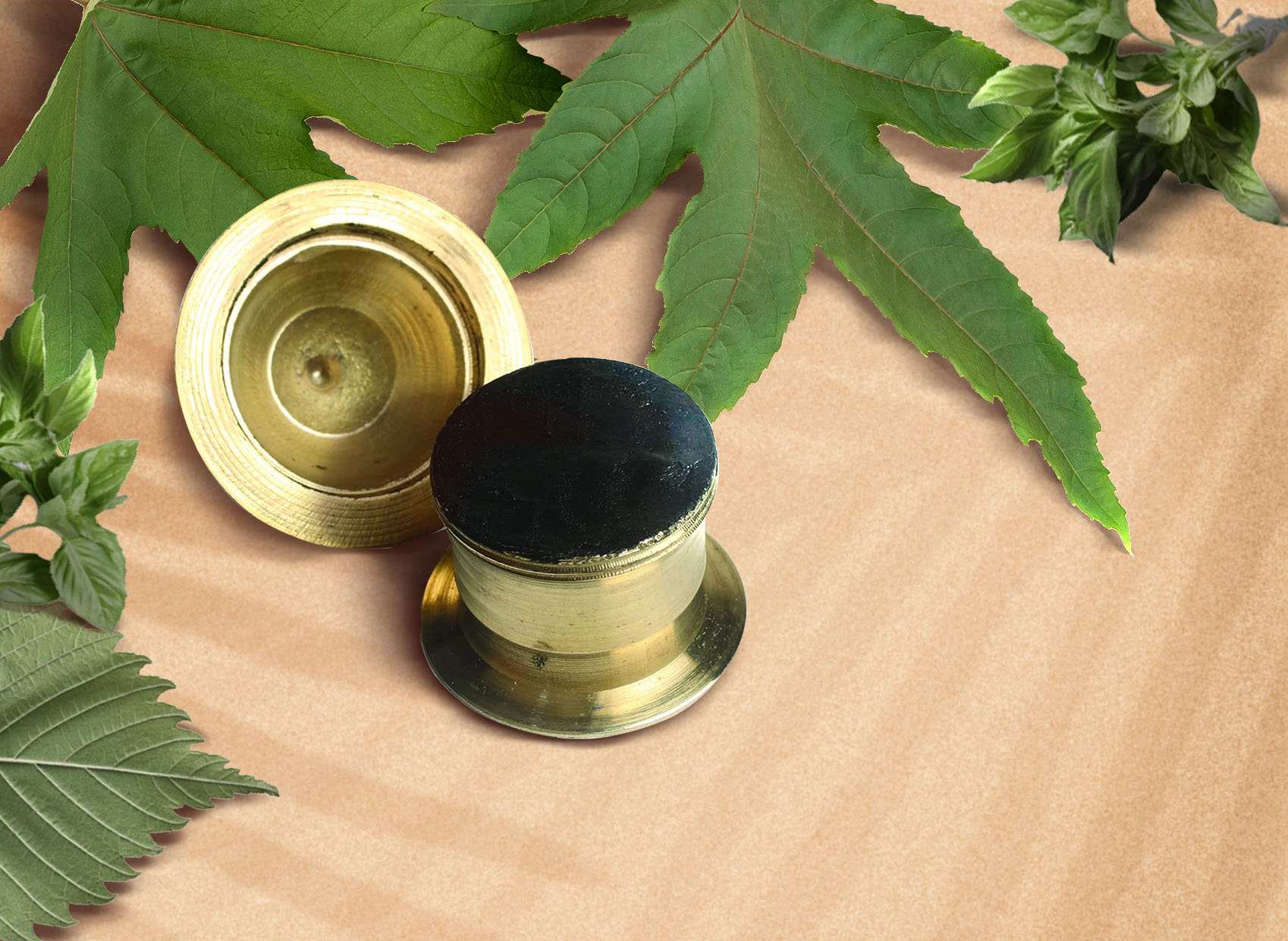The beauty of a woman's eye has been celebrated for centuries, and in Indian culture, it is an integral part of their identity. The art of enhancing the beauty of their eyes has been passed down from generation to generation, and one of the most cherished and ancient traditions is the use of herbal kajal. With its rich history and significance in Indian culture, herbal kajal is not just a cosmetic but a symbol of tradition, beauty, and health. The mere mention of this ancient cosmetic evokes memories of grandmothers and mothers passing down their beauty secrets to their daughters and granddaughters. Its gentle, natural ingredients not only enhance the beauty of the eyes but also have medicinal properties. Join us on a journey through time to discover the history and significance of herbal kajal in Indian culture.

Herbal kajal, known as kohl or surma, has been an integral part of Indian culture for centuries. This ancient cosmetic is made from a blend of natural ingredients such as ghee, camphor, almond oil, and other herbs, and has been used not only for its aesthetic value but also for its medicinal properties.
The history of herbal kajal can be traced back to the Indus Valley Civilization, where it was used to enhance the beauty of women's eyes. It was believed to have a cooling effect on the eyes and was used to protect them from the harsh glare of the sun. Over time, herbal kajal became a symbol of beauty and was used by women from all walks of life.
Herbal kajal is not only a cosmetic but also has many health benefits. It is said to have antimicrobial properties and can protect the eyes from infections. It is also believed to improve vision and protect the eyes from the harmful effects of pollution.

In Indian culture, herbal kajal is used for many auspicious occasions, such as weddings and festivals. It is believed to ward off evil spirits and bring good luck. The tradition of applying herbal kajal to newborn babies' eyes is also prevalent in many parts of India. It is believed to protect the baby's eyes from infections and ward off the evil eye.
Today, herbal kajal is still widely used in India, and its popularity only increases with time. Many cosmetic companies have started producing herbal kajal, using natural ingredients that are gentle on the eyes. The significance of herbal kajal in Indian culture cannot be overstated, as it has been an essential part of Indian beauty rituals for centuries.
In conclusion, herbal kajal is more than just a cosmetic; it is a symbol of tradition, beauty, and health. Its rich history and significance in Indian culture are a testament to its enduring popularity. From enhancing the beauty of women's eyes to protecting the eyes from infections, herbal kajal has stood the test of time and will continue to be an integral part of Indian culture for generations to come.
Are you sure you want to logout?